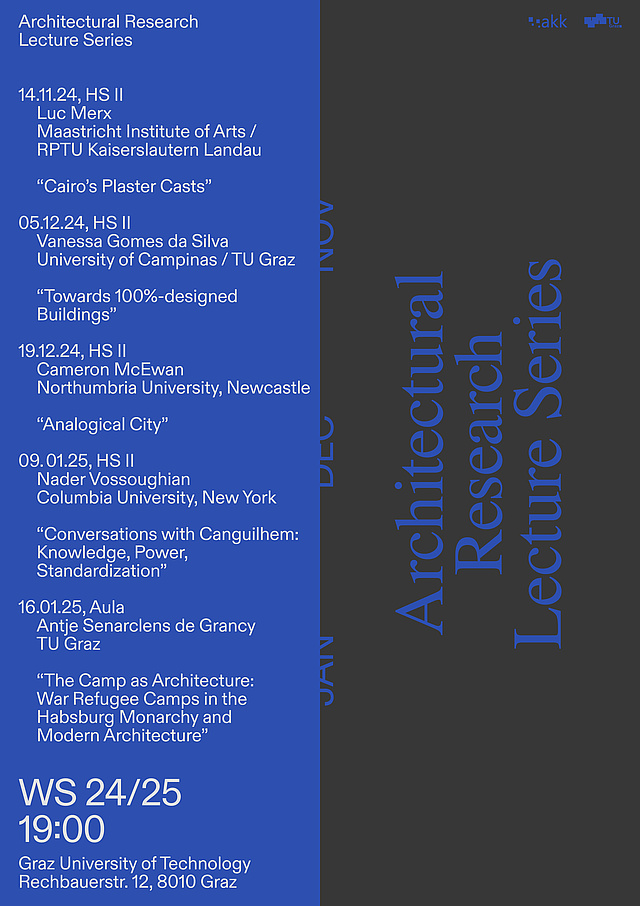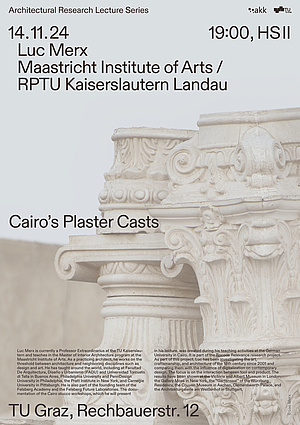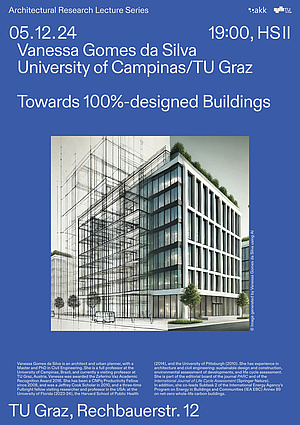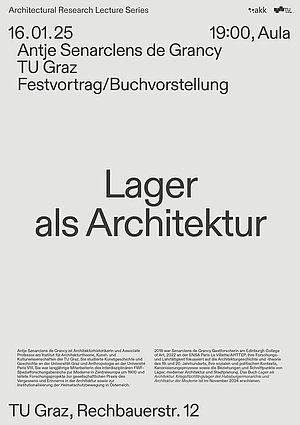Nader Vossoughian is a historian, curator, and theorist of architecture. Trained as a philosopher and Germanist before entering architecture, he was a graduate student at Columbia University, first in the Department of Germanic Literatures, where he received his MA in 1998, and later in the Graduate School of Architecture, Planning and Preservation, where he received his MPhil and PhD, the latter in 2004. Since 2005, he has taught at New York Institute of Technology, Columbia University, the University of Kassel, and the Museum of Modern Art. His work has received fellowship support from the Alexander von Humboldt Foundation, the German Academic Exchange Service, the Jan van Eyck Academy, the Canadian Center for Architecture, and the Graham Foundation. He has curated exhibitions at the MAK Center for Art and Architecture in Los Angeles, the Museum of Applied Arts in Vienna, the Stroom Gallery in the Hague, the Center for Architecture in New York among others. Vossoughian’s main research interests lie in the relationship between architecture and communication. The primary focus of his work has been modern architecture’s relationship to intellectual history, politics, and technology during the course of the twentieth century. His recent work maps out the Taylorization and standardization of architectural knowledge in the twentieth century, tracing everything from the genesis of standard paper formats to the standardization of brick sizes and the global dissemination of Ernst Neufert’s Bauentwurfslehre(1936). He is also writing an essay about art and politics in contemporary Iran, focusing on Tehran's Museum of Contemporary Art. His publications include Otto Neurath: The Language of the Global Polis (NAi, 2008/2011). His articles have appeared in Grey Room, Design Issues, The Journal of Architecture, The Journal of the Society of Architectural Historians, and other leading journals. His most recent essay, “Albert Speer, Ernst Neufert, and the Modularization of the World” appeared in Architecture and Democracy, edited by Reinhold Martin and Claire Zimmerman (University of Minnesota Press, 2024).






